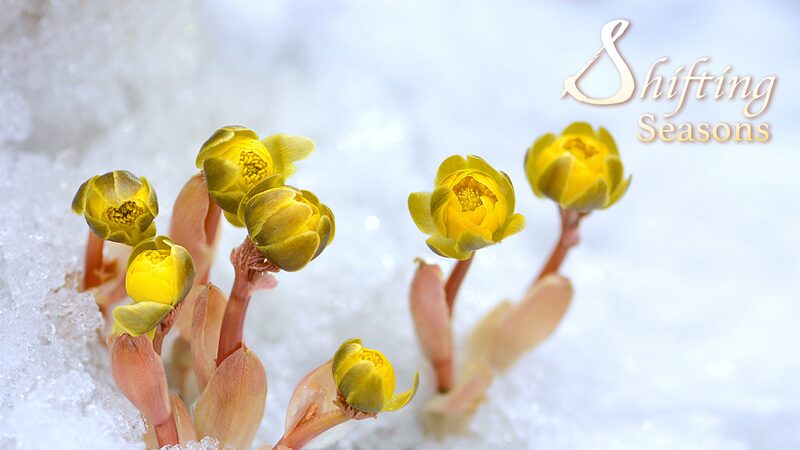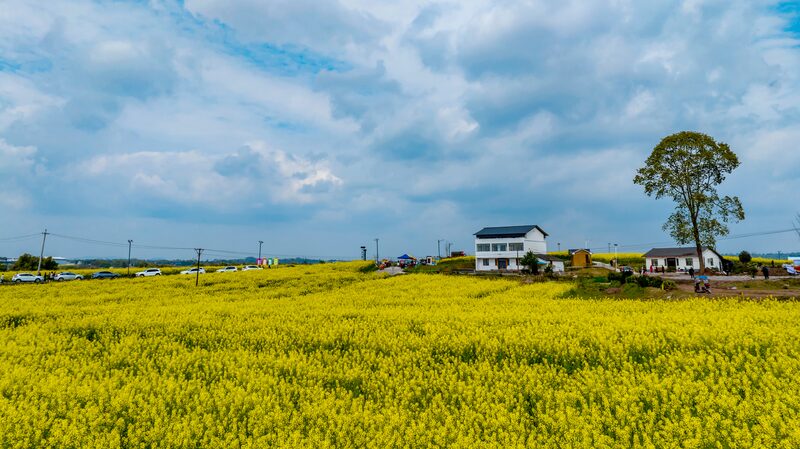On the frozen shores of Xingkai Lake in northeast China’s Heilongjiang Province, a remarkable phenomenon is unfolding. Amidst lingering ice and snow, clusters of small yet vibrant yellow flowers are breaking through the cold, heralding the arrival of spring.
These resilient blossoms are the Amur adonis, affectionately known in Chinese as “Binglinghua.” Defying the harsh conditions of early spring, they stand out vividly against the stark backdrop of white snow and dark soil. It’s a spectacle that not only signifies the changing of seasons but also embodies the indomitable spirit of nature.
The journey of an Amur adonis from seed to bloom is a slow and patient one, taking about five years to complete. Their appearance is a reward for endurance, both theirs and that of those who await their annual display. Sunlight is their greatest ally; these flowers open their petals during the day and close them at night or when clouds gather. The optimal time to witness their full splendor is between 10:00 a.m. and 2:00 p.m., when the sun is at its peak.
This year, the Amur adonis arrived fashionably late. Colder temperatures delayed their blooming by about ten days compared to previous years. However, their late debut only adds to their allure, and they are expected to continue gracing the landscape well into May.
The emergence of the Amur adonis is more than a botanical event; it’s a beacon of hope and renewal. For locals and visitors alike, witnessing these “sunflowers” of the snow is a reminder of the resilience inherent in nature—a reminder that even in the most challenging conditions, life persists and beauty prevails.
Reference(s):
cgtn.com








